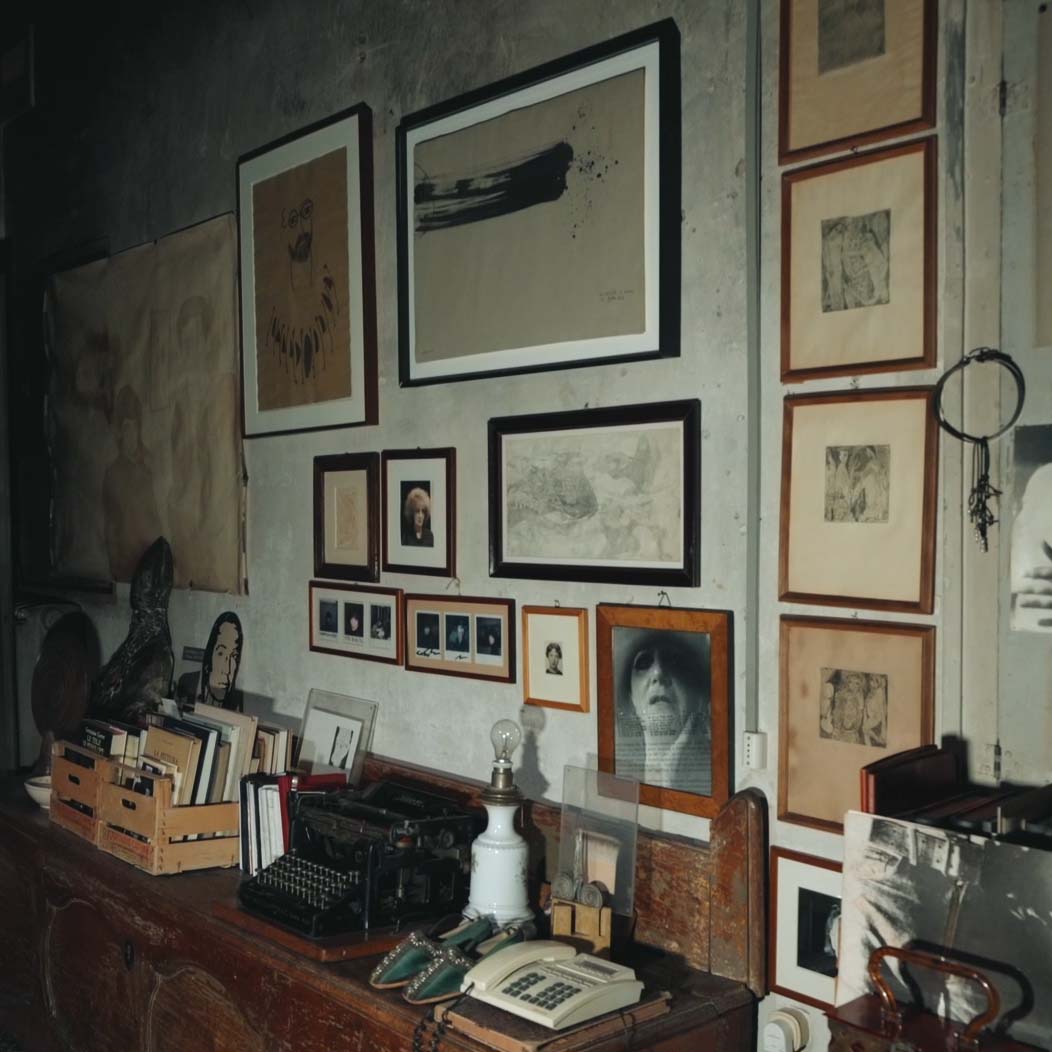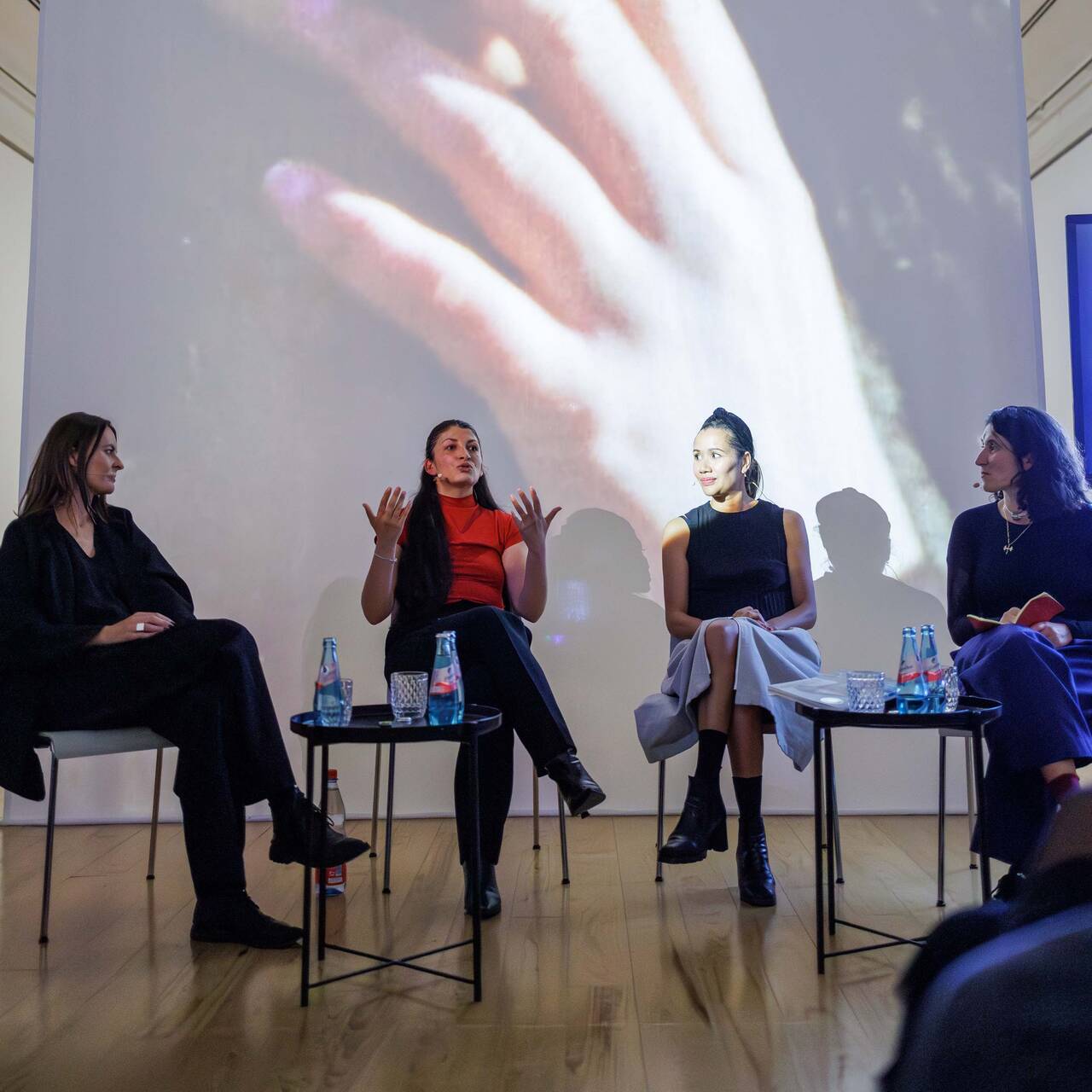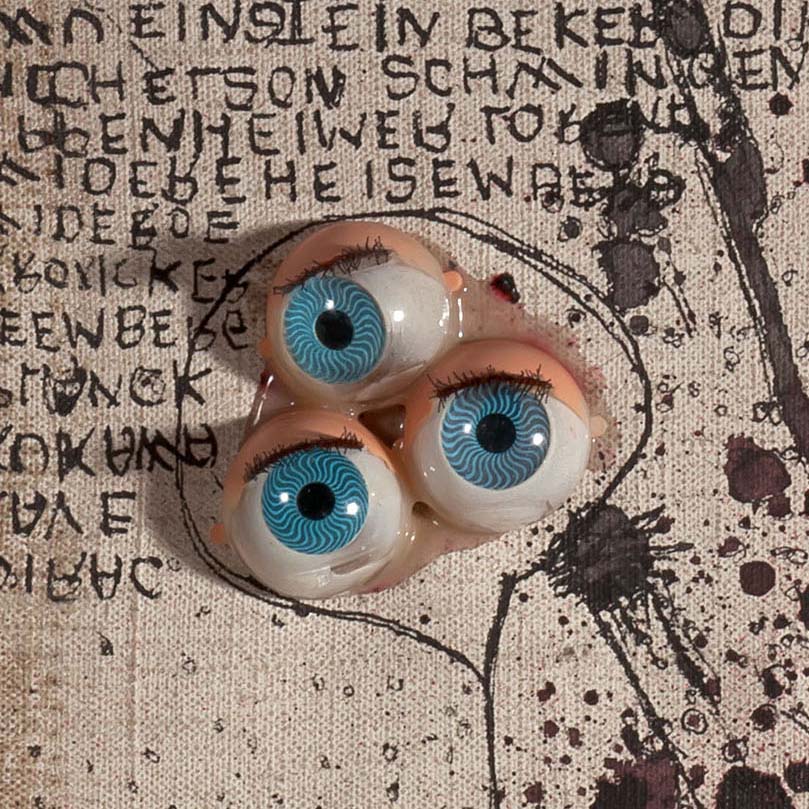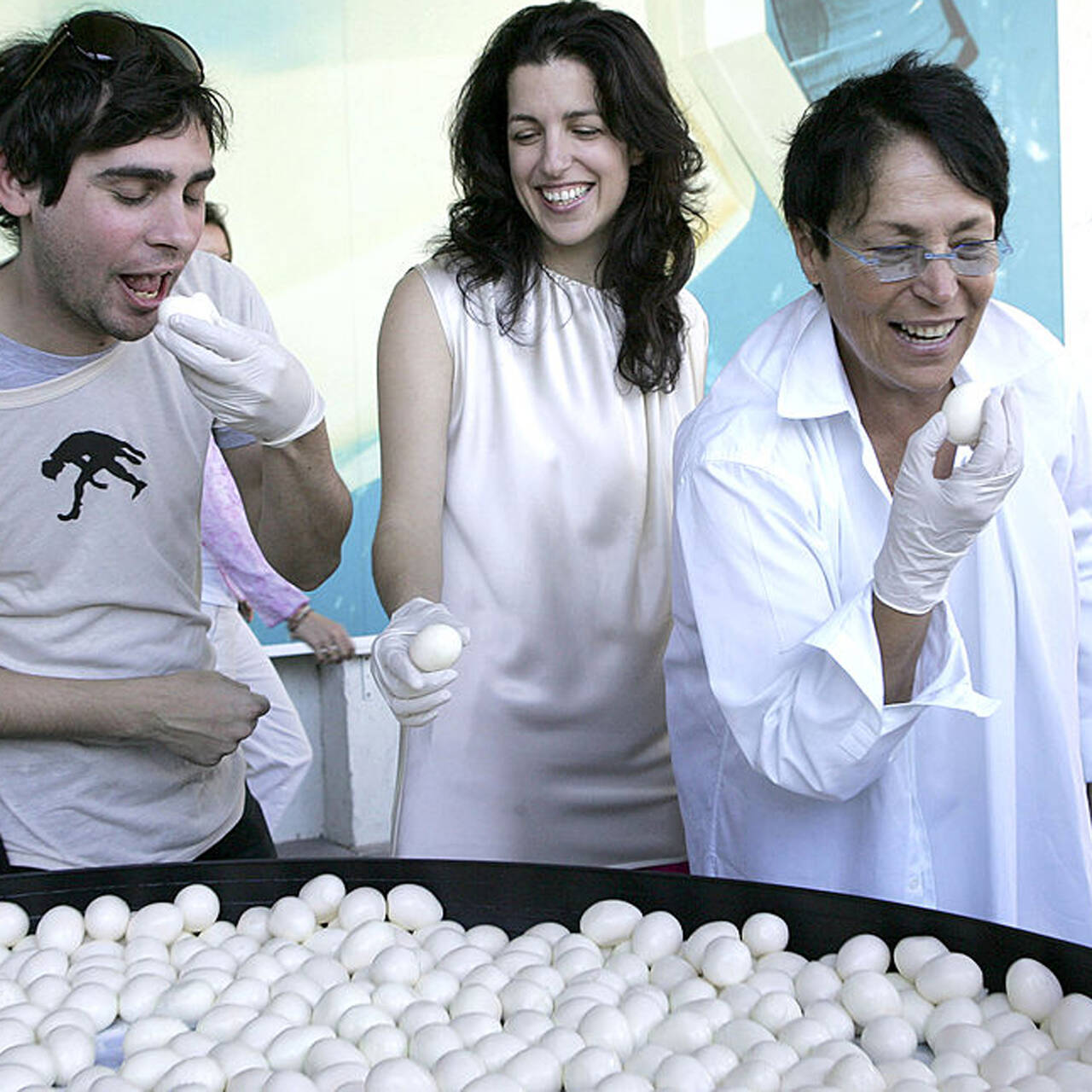Until the 1970s, the Galerie nächst St. Stephan was considered the central venue of the artistic avant-garde in Vienna. It was also here that Bruno Gironcoli celebrated his first successes.
After 1945 the art scene in Vienna – as in so many places – had to start virtually from scratch. The rejection and as a result also the destruction of Modernist trends and works by the Nazis had just as drastic consequences in Austria as it did in Germany. Modern art trends such as Surrealism and Cubism, which had already evolved in France and the USA, were as good as unknown in Austria and were almost unanimously dismissed.
At the same time, artists and critics were producing new works and texts, attempting to re-forge international links, and joining together loosely in groups once again. A young generation of artists, led by Herbert Boeckl, Albert Paris Gütersloh and Fritz Wotruba, was particularly interested in Surrealism and abstract art. Thanks to a series of major exhibitions organized by the occupying powers, Cubism eventually gained inroads in Vienna.
A former cathedral preacher becomes a trend-setting gallerist
During the 1950s the effort to make up the lost ground compared to artistic current abroad bore fruit and an independent cultural world emerged in Vienna, although a functioning art scene with lively interaction between artists, critics, curators, gallery owners and collectors was yet to develop. By contrast, as had been the case in the 19th and early 20th centuries, artists played important roles in exhibition activity and thus exerted a fundamental influence on the city’s artistic life. Hence, for example, the Secession, the Kunsthalle Exnergasse and Galerie Würthle were run purely by artists at this time. It was in this climate that Monsignore Otto Mauer, the cathedral preacher of St. Stephan, opened Galerie St. Stephan in Vienna in 1954.

Right from the beginning though, the space was less of a commercial gallery and more of a religiously oriented educational institute and meeting point for young artists. Its self-declared claim was to establish contemporary Austrian and European graphic arts and to foster a new generation of artists. In this regard, Monsignore Otto Mauer was more of a spiritual director and organizer than a gallery-owner, but his keen interest and commitment meant he was able to bring numerous artists together with his gallery as the focal point. Initially, the reception of art in Vienna was traditional but at Galerie St. Stephan it was soon replaced by formative-constructive tendencies and the painting style of the Art Informel.

Monsignore Otto Mauer opens an exhibition at the Galerie nächst St. Stephan, 1972, Photo: Johann Gürer, Image via dommuseum.at
The “Gruppe St. Stephan” gradually formed, comprising the painters Markus Prachensky, Josef Mikl, Arnulf Rainer and Wolfgang Hollegha. Interacting with selected international artists and representatives of lyrical Geometric Art, they exhibited their works themselves in rotation. The following advert appeared in selected international art magazines in 1960: “Galerie St. Stephan represents en permanence the elite among painters in Austria today.”
It begins the search for a new Viennese avant-garde
During the 1960s, however, the gallery seemed to forfeit its monopoly. Dogged by financial challenges and the break-up of the old group of painters, it was renamed “Galerie nächst St. Stephan” and the search began for a new avant-garde. This was kicked off by Joseph Beuys, who gave his performance “Eurasienstab 82 min Fluxorum Organum” in cooperation with Henning Christiansen at the gallery in 1967. In his hunt for a new definition of the essence of art, Monsignore Otto Mauer came upon Hans Hollein and Walter Pichler. Oswald Oberhuber and Roland Goeschl quickly followed with solo exhibitions at the gallery.

It was at this point that Bruno Gironcoli appeared on the Viennese scene. He had already been able to notch up initial success at the Galerie Hildebrand in Klagenfurt when he was invited to participate in Galerie nächst St. Stephan‘s group exhibition “Super-Design” alongside Goeschl, Hollein, Oberhuber and Pichler.
The gallery becomes a place for experiments and current trends
The five artists were united by an approach that transcended genre boundaries. They all aimed to develop new media and mold a world between the established artistic categories. In this endeavor, their backgrounds and points of reference were very different, but they ultimately found common ground in the fields of design and sculpture: Walter Pichler had a degree in graphic design, Hans Hollein was an architect, and Bruno Gironcoli had originally trained as a goldsmith before going to art school. At the time of the Vienna exhibition he had been working for quite some while with hollow volumes and polyester, at that time a new material.

The five’s contributions to the exhibition were experimental. They all aimed to expand sensory perception and elide the lines between the classic artistic genres, and thus the Galerie nächst St. Stephan became THE place for experiments and current trends. It was here, subsequently, that actions by the Viennese Actionists took place, champions of Object and Op Art formulated new canons, and a new generation of painters emerged. For Bruno Gironcoli, the success of the “Super-Design” exhibition constituted the start of a series of solo exhibitions at the Galerie nächst St. Stephan and launched his career. Right up until his death in 1973, Monsignore Otto Mauer remained a close friend and supporter of the young artist.










